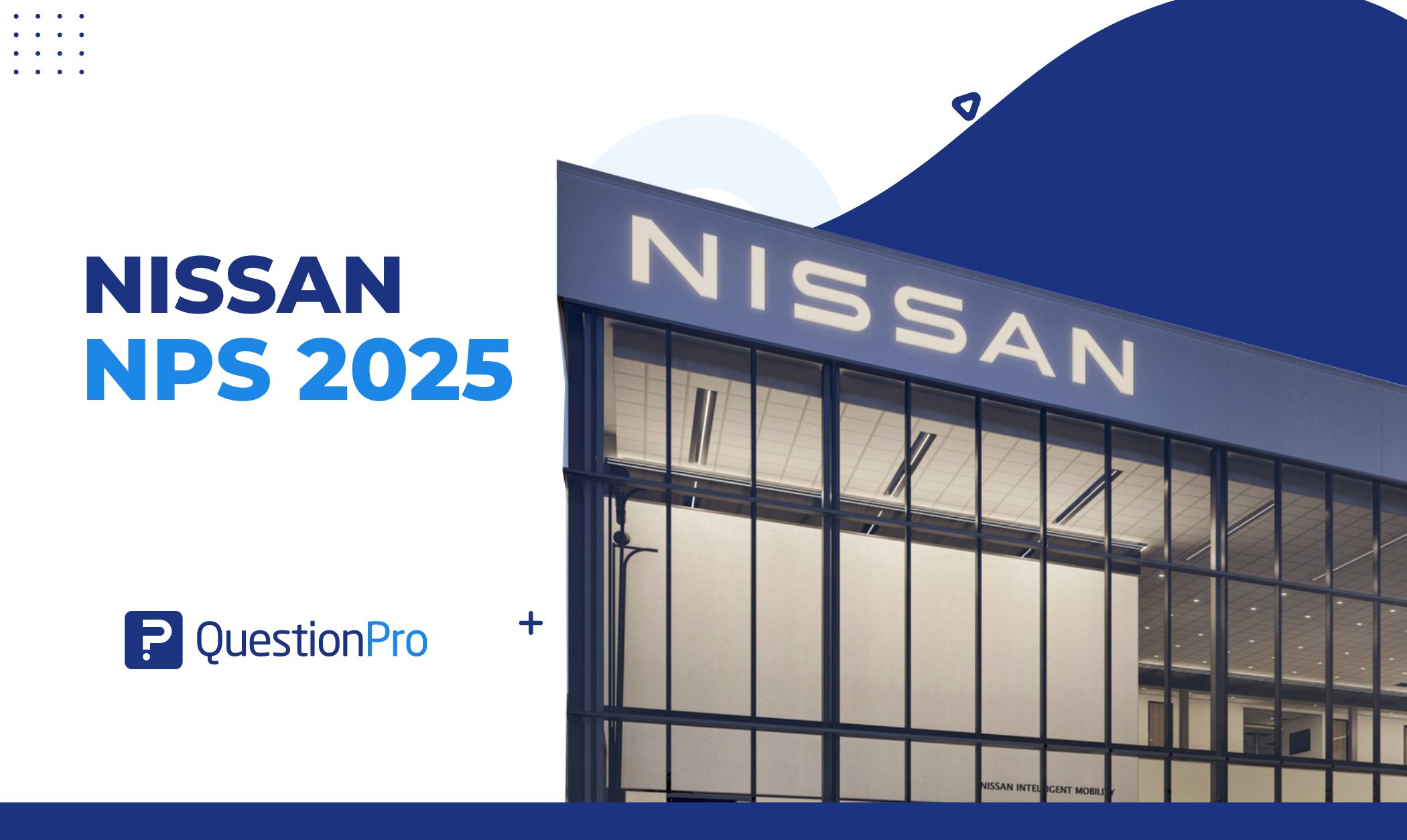
In any organization, big or small, feedback is the lifeblood of growth and improvement. Yet, “feedback culture” encompasses more than providing occasional comments or evaluations.
This transcends traditional performance evaluations, weaving into the fabric of daily interactions, where insights are shared, and growth is cultivated. It embodies a holistic approach to communication, fostering an environment where feedback is encouraged and embraced for continuous development.
In this blog, we’ll know what a feedback culture is, how to build it within your organization, the challenges you might encounter, and so much more.
What is Feedback Culture?
Feedback culture refers to the prevailing attitudes, norms, and practices within an organization regarding giving and receiving feedback. In a healthy feedback culture, providing feedback is seen as a regular and constructive process to improve performance, foster growth, and enhance communication among team members and leaders.
In such a culture, feedback is wider than formal or annual performance reviews. Still, it is integrated into everyday interactions, allowing individuals to share observations, offer suggestions, and express concerns openly and respectfully.
Feedback culture emphasizes the importance of continuous improvement, accountability, and mutual support, ultimately contributing to the development of individuals, teams, and the organization.
Purpose of Feedback Culture
The purpose of a feedback culture within an organization is multifaceted and encompasses several key objectives:
- Continuous Improvement: Feedback culture promotes a mindset of constant learning and growth. By providing regular or frequent feedback, individuals and teams can identify areas for improvement, refine their skills, and enhance their performance over time.
- Enhanced Communication: It helps open and transparent communication channels within the organization. By encouraging the exchange of feedback, employees feel more comfortable sharing their thoughts, ideas, and concerns, leading to better collaboration and alignment across teams.
- Employee Engagement and Development: A strong feedback culture demonstrates that an organization values its employees’ contributions and is invested in their professional growth. Regular feedback helps employees feel recognized, supported, and motivated to excel in their roles.
- Building Trust and Relationships: Constructive feedback delivered respectfully builds trust among team members and between employees and management. It strengthens relationships by creating an environment where individuals feel safe to share their opinions and receive feedback without fear of judgment or reprisal.
- Alignment with Organizational Goals: Feedback culture ensures that individual and team objectives are aligned with the broader goals and vision of the organization. Providing feedback is relevant to organizational priorities. Employees can better understand how their efforts contribute to overall success.
- Conflict Resolution and Problem-Solving: Open feedback channels facilitate resolving conflicts and identifying potential issues before they escalate. By addressing concerns promptly and constructively, teams can collaborate more effectively to find solutions and overcome challenges.
How to Create a Feedback Culture
Creating a feedback culture within an organization requires a concerted effort from leadership, managers, and employees alike. Here are steps to help establish and foster a feedback culture:
1. Lead by Example
Leaders should model the behavior they want to see by actively seeking and receiving feedback. When leaders demonstrate openness to the feedback process and a commitment to improvement, it sets the tone for the rest of the organization.
2. Provide Training
Offer feedback training and development programs to teach employees how to give and receive continuous feedback effectively. The guide provides constructive criticism, active listening, and responding to feedback positively.
3. Establish Clear Guidelines
Define clear expectations and guidelines for giving and receiving feedback within the organization. Communicate the purpose of feedback, the preferred methods for delivering feedback, and any protocols for handling sensitive issues.
4. Encourage Regular Feedback
Schedule regular check-ins between managers and employees to discuss progress, challenges, and development opportunities. Encourage informal feedback exchanges among peers to promote a culture of continuous improvement.
5. Offer Multiple Channels
Provide various channels for feedback, including one-on-one meetings, team discussions, anonymous surveys, and free suggestion boxes. Different individuals may feel more comfortable providing feedback through different mediums, so offering multiple options ensures everyone has a voice.
6. Recognize and Reward
Acknowledge and celebrate instances of constructive feedback and growth within the organization. Recognize individuals and teams that actively participate, deliver feedback processes, and demonstrate a commitment to improvement.
7. Foster Trust and Psychological Safety
Create an environment where employees feel safe to speak up and share their thoughts and opinions without fear of retribution or judgment. Build trust among team members by demonstrating respect, empathy, and confidentiality.
8. Emphasize Continuous Learning
Encourage a growth mindset that values learning and development. Help employees see feedback as an opportunity for growth rather than criticism, and provide resources and support for ongoing skill development and improvement.
9. Regularly Review and Refine Processes
Continuously evaluate feedback processes and solicit input from employees on how they can be improved. Be open to making adjustments and refinements based on feedback received to ensure that the feedback culture remains effective and relevant.
Tips for Building a Feedback Culture
Building a feedback culture requires intentional effort and commitment from all levels of the organization. Here are some tips to help you cultivate a culture where feedback is embraced and valued:
- Set Clear Expectations: Communicate the importance of feedback and its role in the organization’s success. Make it known that giving and receiving feedback is encouraged and expected from everyone.
- Lead by Example: Leaders should model the behavior they want to see by actively seeking feedback, being open to criticism, and providing constructive feedback to others. Employees who see leaders embracing feedback are more likely to follow suit.
- Training and Resources: Offer training programs or resources to help employees develop feedback skills. This could include giving and receiving feedback workshops, communication training, or coaching sessions.
- Create Safe Spaces: Foster an environment where employees feel safe to give and receive feedback without fear of judgment or reprisal. Emphasize that feedback is about growth and improvement, not criticism or blame.
- Encourage Regular Feedback Sessions: Schedule regular check-ins between managers and employees to discuss progress, goals, and concerns. Make feedback a natural part of the conversation and provide opportunities for feedback from peers.
- Make Feedback Actionable: When giving feedback, be specific and provide actionable suggestions for improvement. Focus on behaviors or actions that can be changed rather than personal traits or characteristics.
- Celebrate Feedback: Recognize and celebrate instances where feedback leads to positive feedback outcomes or improvements. This could include highlighting success stories, sharing feedback success stories, or publicly acknowledging individuals who give or receive feedback effectively.
- Provide Feedback Channels: Offer multiple channels for employees to give and receive feedback, such as one-on-one meetings, anonymous surveys, suggestion boxes, or digital feedback platforms. This allows individuals to choose the method that they are most comfortable with.
- Follow Up and Follow Through: Ensure that feedback is not just given lip service but leads to meaningful action and change. Follow up on feedback received, provide updates on progress, and demonstrate a commitment to addressing concerns and implementing suggestions.
- Iterate and Improve: Continuously review and refine your feedback processes based on feedback received. Solicit input from employees on how the feedback culture can be strengthened and be willing to adapt and evolve.
The Benefits of Feedback Culture
The benefits of a feedback culture within an organization are manifold and can positively impact various aspects of the workplace environment. Here are some key benefits:
1. Improved Performance
Regular feedback helps individuals and teams identify areas for improvement and make necessary adjustments to enhance their performance. Employees can refine their skills, address weaknesses, and achieve better results by receiving constructive feedback.
2. Enhanced Communication
A feedback culture fosters open and transparent communication channels within the organization. When employees feel comfortable giving and receiving feedback, they are more likely to share their thoughts, ideas, and concerns openly, leading to better collaboration and team alignment.
3. Increased Employee Engagement
Feedback culture demonstrates that an organization values its employees’ contributions and is invested in their professional growth. Employees who receive recognition for their efforts and have opportunities for development through feedback feel more engaged and committed to their work.
4. Building Trust and Relationships
Constructive feedback delivered respectfully helps build trust among team members and between employees and management. When individuals feel safe to share their opinions and receive feedback without fear of judgment or reprisal, it strengthens relationships and fosters a supportive work environment.
5. Alignment with Organizational Goals
Feedback culture ensures that individual and team objectives are aligned with the broader goals and vision of the organization. Employees gain clarity on how their efforts contribute to overall success by providing feedback relevant to organizational priorities, fostering a sense of purpose and direction.
6. Conflict Resolution and Problem-Solving
Open feedback channels facilitate resolving conflicts and identifying potential issues before they escalate. By addressing concerns promptly and constructively, teams can collaborate more effectively to find solutions and overcome challenges, improving productivity and morale.
7. Professional Development
Feedback culture promotes a mindset of continuous learning and growth. When employees receive regular feedback on their performance, they have opportunities to develop new skills, acquire knowledge, and advance in their careers, contributing to their overall job satisfaction and fulfillment.
Challenges in Creating a Perfect Feedback Culture
While the benefits of a feedback culture are transparent, creating and maintaining such a culture is challenging. Some common obstacles include:
- Resistance to Feedback: Only some people are comfortable giving or receiving feedback, and overcoming this resistance requires patience, empathy, and ongoing support from leadership.
- Fear of Reprisal: Employees may hesitate to provide honest feedback if they fear negative feedback consequences or retaliation. Building trust and psychological safety is essential to address this challenge.
- Cultural Differences: In diverse organizations, cultural differences can impact how feedback is given and received. Sensitivity to cultural nuances and preferences is crucial for effective and well-received feedback.
- Lack of Training and Skills: Employees may need proper training and resources to give and receive feedback effectively. Investing in developing feedback skills is essential for building a robust feedback culture.
- Inconsistent Implementation: For a feedback culture to thrive, feedback processes must be consistently implemented across the organization. Inconsistencies or perceived favoritism can undermine trust and credibility.
How QuestionPro Workforce Can Help in Building a Feedback Culture
QuestionPro Workforce is a powerful platform specifically designed to assist organizations in building and nurturing a feedback culture among their workforce. Here’s how QuestionPro Workforce can help:
1. 360-Degree Feedback Surveys
QuestionPro Workforce enables organizations to conduct 360-degree feedback surveys, where employees receive feedback from multiple sources, including peers, managers, direct reports, and even external stakeholders. This comprehensive feedback helps individuals understand their strengths, areas for improvement, and development opportunities.
2. Real-Time Pulse Surveys
With QuestionPro Workforce, organizations can deploy real-time pulse surveys to gather immediate feedback on various aspects of the work environment, such as leadership effectiveness, communication channels, and organizational culture.
These pulse surveys provide timely insights that enable leaders to address issues promptly and make data-driven decisions.
3. Anonymous Feedback Mechanisms
QuestionPro Workforce offers anonymous feedback mechanisms, allowing employees to provide candid feedback without fear of reprisal or judgment.
This anonymity encourages honesty and transparency, leading to more authentic and actionable feedback that can drive meaningful organizational change.
4. Customizable Feedback Templates
QuestionPro Workforce provides customizable feedback templates that organizations can tailor to their needs and objectives. Whether it’s performance evaluations, employee engagement surveys, or culture assessments, organizations can create surveys that align with their unique feedback culture goals and initiatives.
5. Feedback Analytics and Reporting
QuestionPro Workforce offers robust analytics and reporting features that allow organizations to analyze feedback data effectively. From identifying trends and patterns to tracking progress over time, these analytics empower leaders to derive actionable insights and measure the impact of their feedback culture initiatives.
6. Training and Support Services
In addition to its technology platform, QuestionPro offers training and support services to help organizations maximize the effectiveness of their feedback culture efforts. This includes resources on best practices for giving and receiving feedback, communication skills development, and change management support.
7. Integration with HR Systems
QuestionPro Workforce seamlessly integrates with existing HR systems, such as HRIS (Human Resource Information Systems) and performance management platforms, streamlining data management and ensuring feedback processes align with broader HR initiatives and workflows.
Conclusion
A feedback culture is a cornerstone of organizational success in the modern workplace. By embracing feedback as a catalyst for growth, organizations can unlock numerous benefits, including improved performance, enhanced communication, increased employee engagement, and stronger relationships.
However, building and sustaining a feedback culture requires deliberate effort, leadership commitment, and ongoing support. With the right strategies, tools, and mindset, any organization can create an environment where feedback thrives, driving continuous learning, innovation, and success.
Through intentional efforts, effective leadership, and leveraging feedback tools like QuestionPro Workforce, organizations can build a feedback culture that sustains and thrives, driving continuous evolution and excellence. So sign in now!







